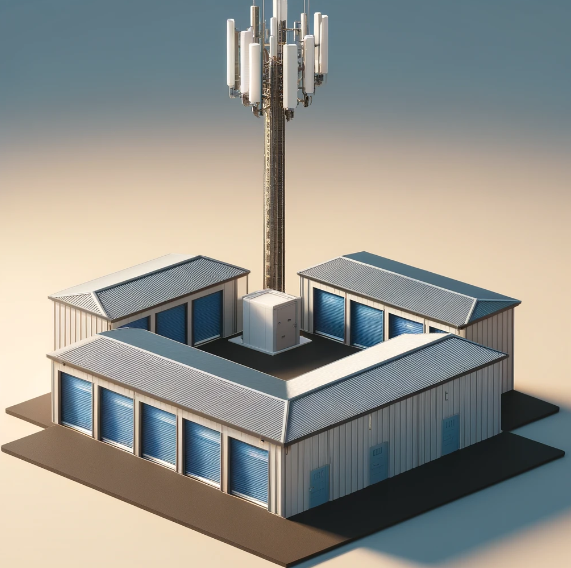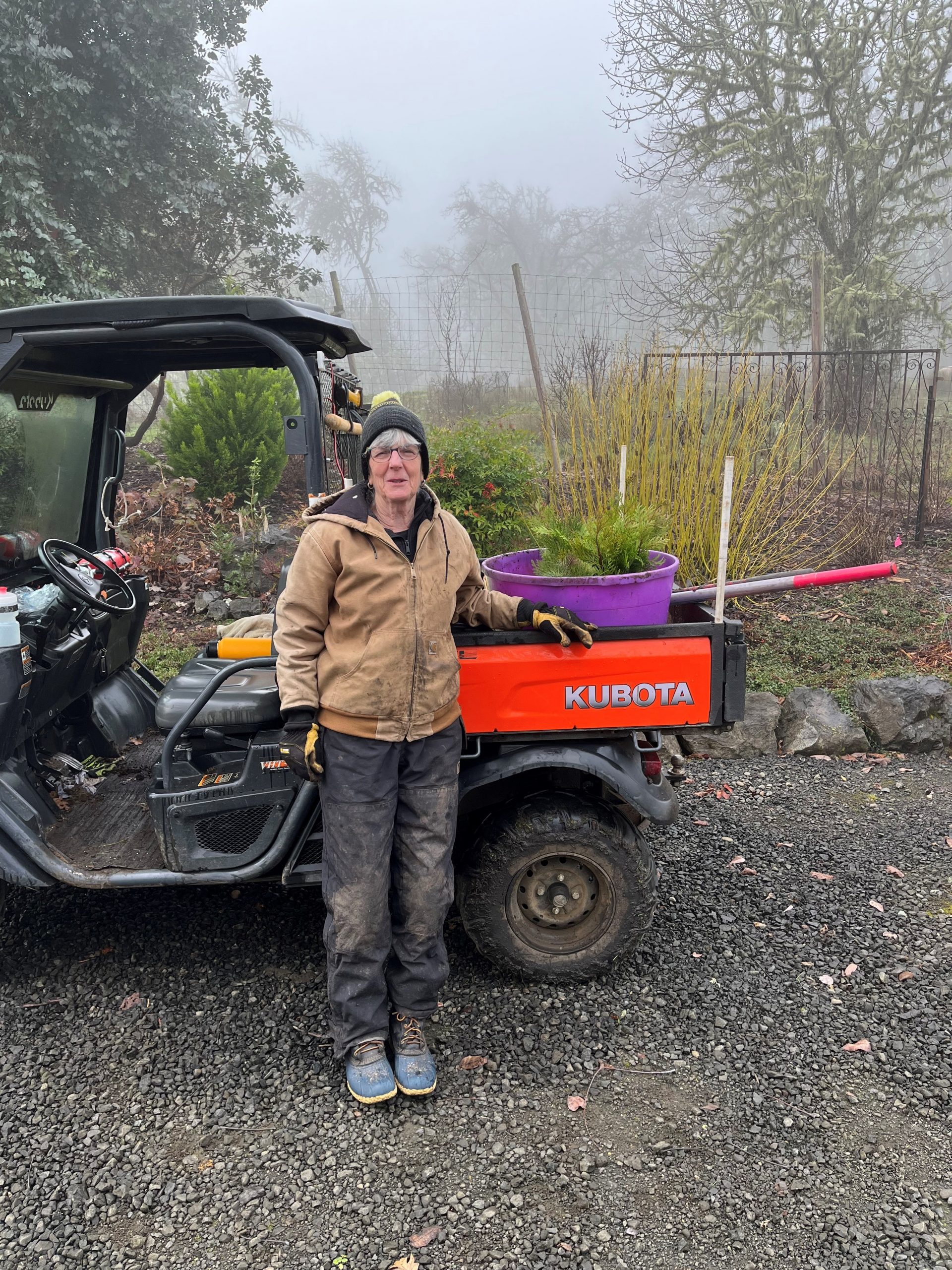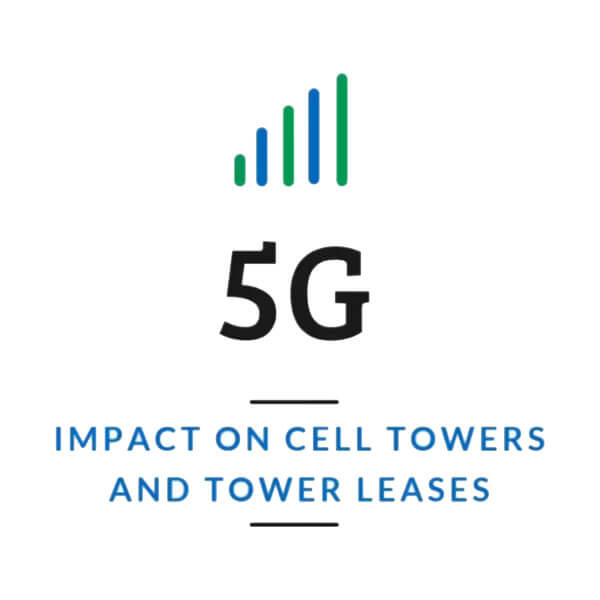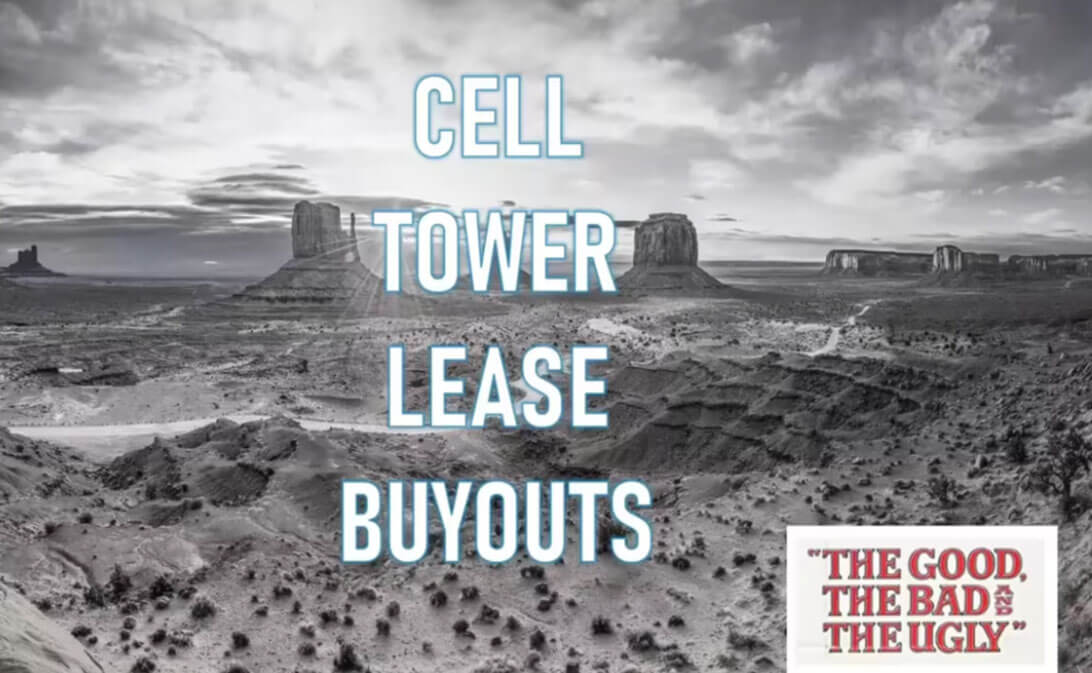How Wireless Carriers Select Site Locations

How Wireless Carriers Select Site Locations
Wireless Carriers choose site locations based upon an urgent need for a specific amount of coverage and capacity. When you look at the big picture, whether or not the land the tower sits on is elevated is a very small factor.” Wireless Carriers use cell sites to deploy their wireless infrastructure, which serves a specific population base and market as determined by FCC spectrum frequency allocations that are bid for and purchased by wireless carriers in competitive auctions. Cell towers and cell sites are engineered with specific locations in mind. Each individual cell site must provide adequate coverage to serve populations within a given market, but providing coverage is not enough.
The coverage must be sufficient to meet the demands of any given market, and this is where capacity comes in. Capacity is the amount of data that can be efficiently packaged and deployed from the subscriber to the cell site and back again. In other words, the location at which a cell tower is built is not at all arbitrary, but rather is strategically determined using a number of objective (and subjective) factors. Each site is designed by radio frequency engineers, and then the specific location in the area is found by cell tower site acquisition experts.
Contact Us
Cell Site And Tower Objectives
Wireless carriers track the markets for which they have FCC spectrum licenses and are allowed to provide service, as well as markets that they want to break into. Their marketing departments identify areas where coverage is weak, and areas where capacity is sub-standard and cannot properly handle consumer demand for data and/ or voice traffic. When they find a gap in either coverage or capacity, they do what they can to fix it. This is called their network infrastructure deployment strategy. They choose cell towers and cell sites based on the frequency they own and the type of population they wish to serve. For instance, in rural areas, cell towers with lower frequencies are used because their signals have a wider reach; whereas, in densely populated areas higher frequencies are used, and in some cases smaller cell sites are preferred due to zoning regulations and/or tremendous demand for data. Most carriers show some level of coverage maps on their websites, which provide examples of the areas they serve, but information on areas that are sub-standard is less easy to find. That’s where Steel in the Air comes in. We track this data too.
Wireless carriers do have the advantage of reviewing trouble tickets from subscribers, as well as logs that track dropped calls. However, in some cases, they simply can’t add enough cell sites fast enough, or the cost is too high, or the barriers are too difficult to get a new cell tower approved in a given area.
Once a carrier decides that they have a need for a new site in an area, their radio-frequency department reviews the area to determine the best strategy for infrastructure deployment. This includes an analysis of existing towers and cell tower sites. They utilize radio frequency propagation software to model how potential new sites will fit into and complement the existing network. The radio frequency engineer may physically drive through the area with sophisticated testing equipment (a drive test just like in the Verizon commercials where the technician is driving around making calls). They examine whether natural or man-made factors like topography, existing buildings, or foliage might interfere with the operation of a new cell site.
Cell Tower Site Acquisition Agents
At that point, company executives review the proposed cell sites and the justifications for each. They evaluate their budget and prioritize all of the proposed cell tower sites or towers. Those proposed locations that are accepted by the executives are issued to the real estate department as search rings, which cell tower site acquisition companies are then issued to find towers, rooftops, or raw land sites to lease. These search rings are proprietary; in other words, the carriers are the only ones who know what location will augment and benefit their existing network infrastructure. Their choice regarding where to develop new cell sites is not at all random and certainly not based simply upon which ground is highest. Every cell site happens because there is an urgent need for coverage in a given location.
Cell tower site acquisition agents are the actual people who are hired by the wireless carriers to find the sites that they need. With the search ring in hand, the site acquisition agents then contact the local zoning office to confirm what regulations impact their site selection. They also drive the area, searching for specific properties that will fit a cell tower. Once they identify properties that meet their needs, they contact the landowners directly and attempt to negotiate cell tower lease agreements with the landowner.










